Deep Sky Dan is an astrophotographer that is pushing the limits of what’s possible with a smartphone camera and producing images like this:
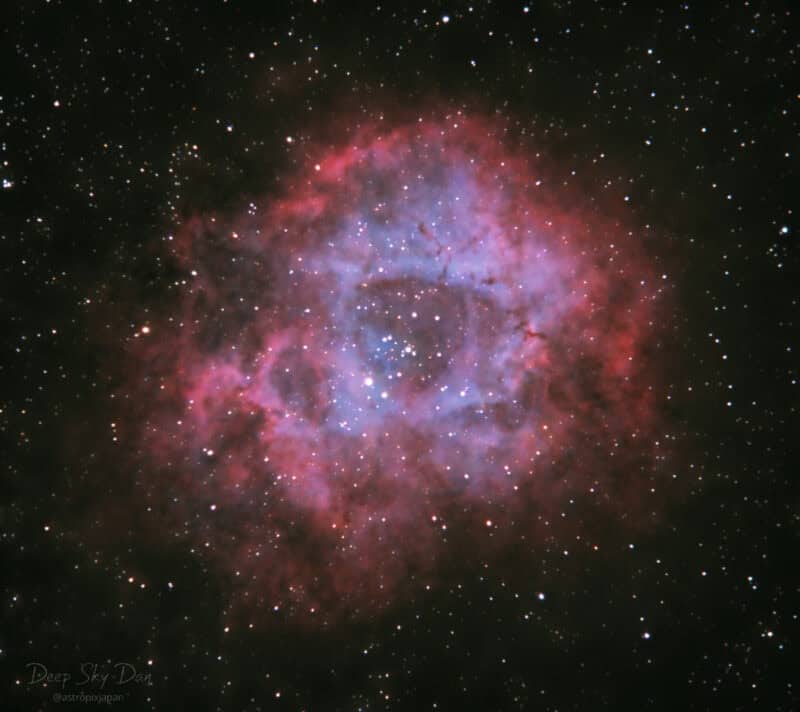
We spoke to him to learn all about it.
“I’ve really focused hard on every aspect of smartphone astrophotography. I had to fail a lot in order to learn then take those fails and make them wins.”
Who are you, where are you in the world, and what’s your focus in astrophotography?
My name is Dan Conover. Originally from Jupiter, Florida USA but currently married and living in Nagano City, Japan.
The past 4+ years I’ve focused on doing astrophotography with the camera that’s already in your pocket along with various size telescopes.
It’s been quite the journey to say the least!
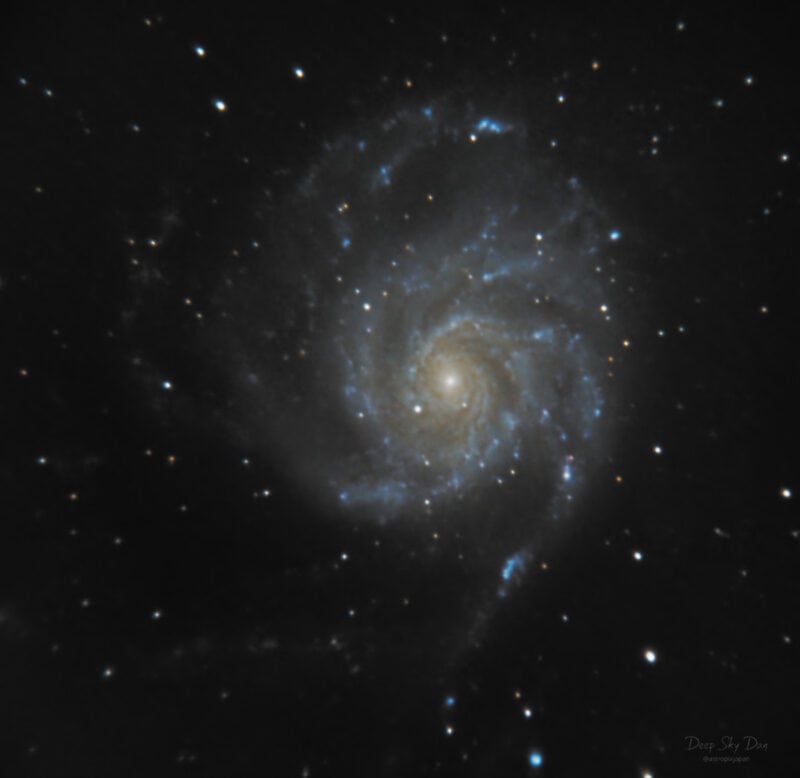
What’s your process for doing deep sky astro with a smartphone?
There are a lot of necessary parts in order to do quality smartphone astro, so it’s very important to have all the right pieces and know how to use them.
A few of the most important are:
- Making sure you get a good polar alignment with your mount so tracking isn’t off
- Use quality eyepieces
- Get focused with a bahtinov mask
- Using a good adapter to hold your phone to the eyepiece
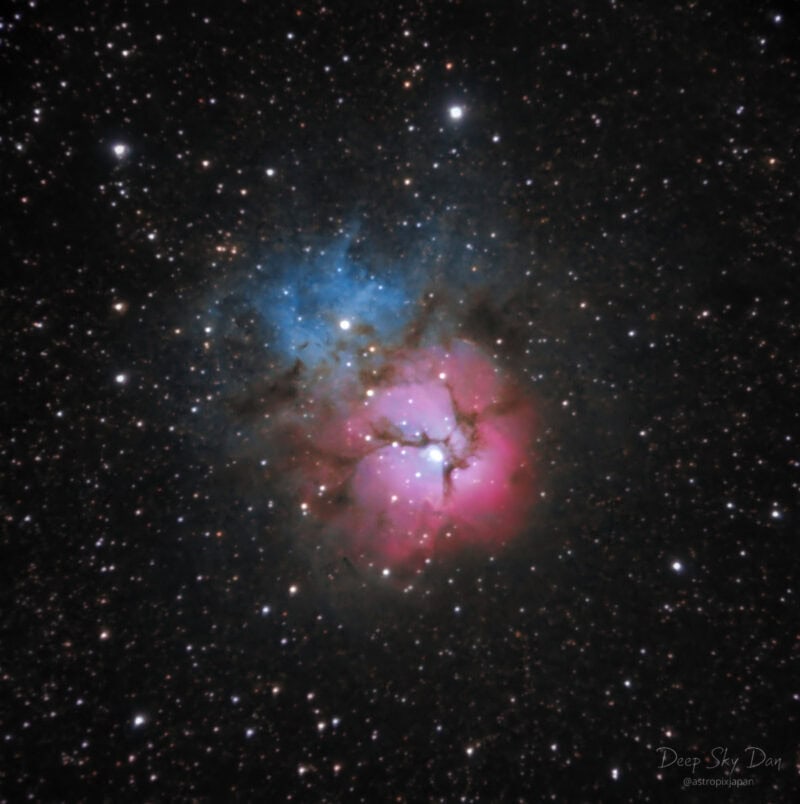
Have you moved on to using a dedicated astro camera now? How does it differ in terms of process and results?
Recently, I bought a cooled camera from Player One.
As a beginner to this type of astrophotography, I can say its a lot more involved than doing smartphone astro, but the quality of data is far superior and thus the finished images have been nothing short of amazing.
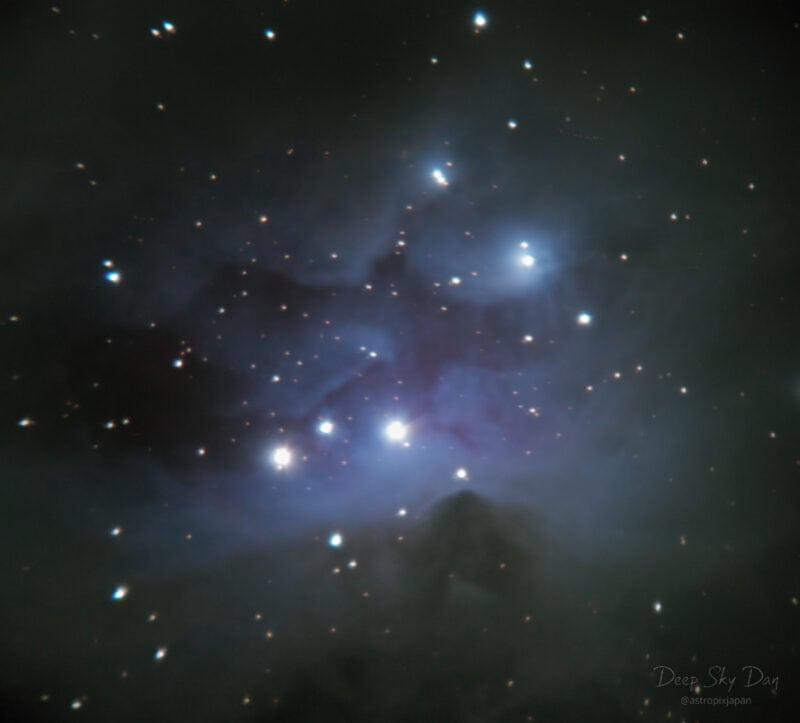
What’s your setup?
I’ve used numerous types of telescopes and mounts over the years but currently I’m using:
- A CELESTON EDGEHD 8″ SCT for galaxies, and
- A SVBONY SV555 quintuplet astrograph for nebulae and widefield.
My mount is a SKY-WATCHER EQ6-R PRO with a GEOPTIK counterweight & bar upgrade.
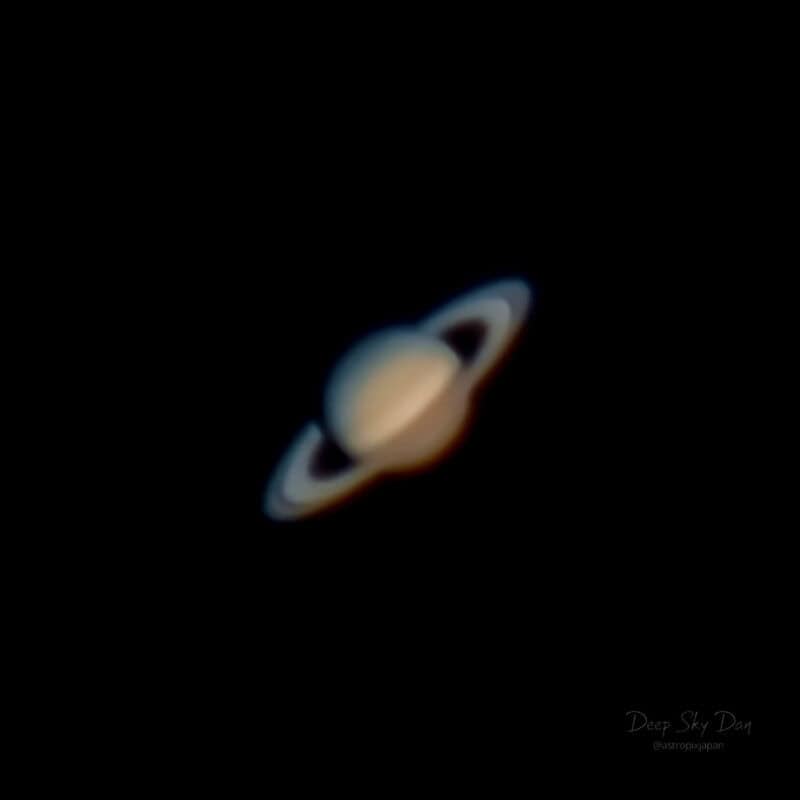
For smartphone astro this is my usual setup:
- Celestron EdgeHD 8″
- Sky-Watcher EQ6-R PRO
- TeleVue 32mm plossl
- SVBONY UV/IR cut filter or 7nm Hydrogen Alpha, OIII, and SII filters
- Most of the time I shoot without a diagonal. But if I do I use: TeleVue 1.25″ Everbrite diagonal or BAADER T2 prism 1.25″
- Celestron NexYZ smartphone adapter or MOVE SHOOT MOVE Triadapter
- Samsung Galaxy S10+
I use the DeepSkyCamera PRO app. This is the best app for taking photos on any Android phone.
I couldn’t do what I do without this app and the creator is a great guy.
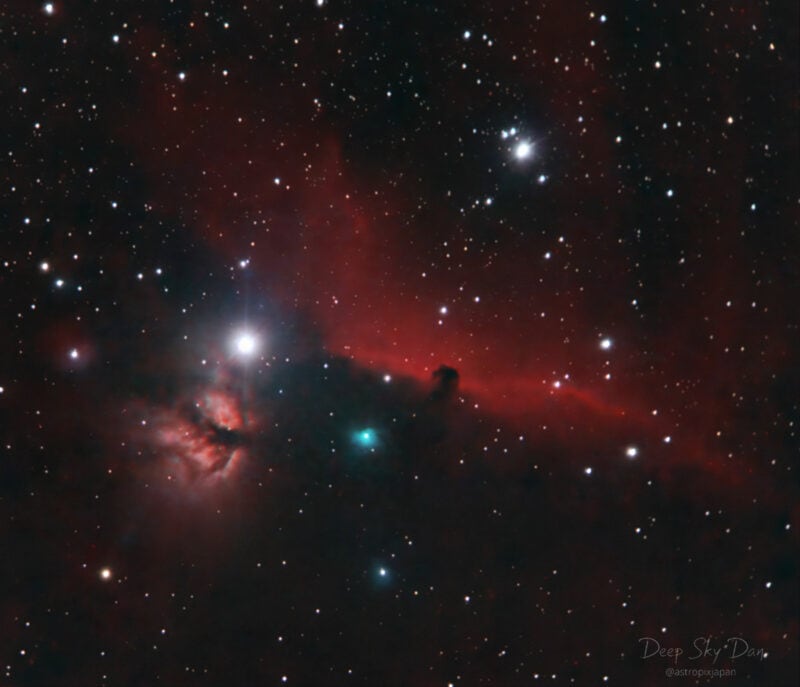
For cooled camera astro this is my usual setup:
- Celestron EdgeHD 8 or SVBONY SV555
- Sky-Watcher EQ6-R Pro
- Player One Poseidon-C Pro
- Player One 2″ UV/IR cut filter
- Svbony SV106 60mm guide scope, Svbony SV165 30mm mini guide scope, or PLAYER ONE L-OAG
- Svbony dew heater strip
- ZWO Asi290mm mini or Player One SEDNA guide camera
- Data aquisition: NINA
- Telescope control: ASCOM and EQMOD
- Guiding: PHD2
- HP ENVY 17″ laptop
- JACKERY portable battery
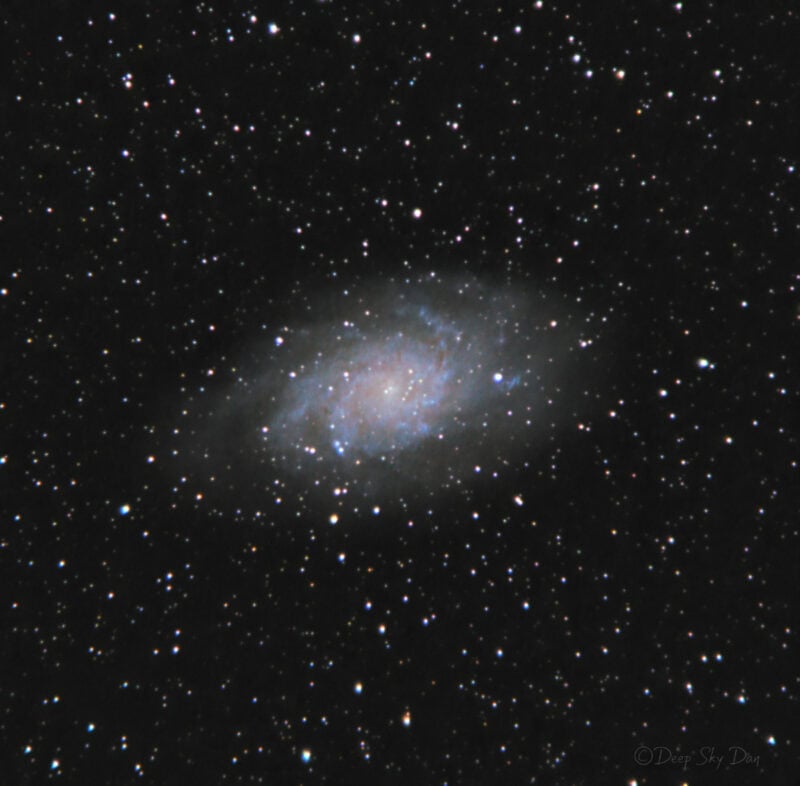
What do you use for post-processing?
For stacking I’ve been using some free programs such as DEEP SKY STACKER and SEQUATOR but recently have upgraded to ASTRO PIXEL PROCESSOR.
As far as post processing goes I learned how to use Adobe Photoshop and have been using that with the RC-ASTRO tools.
Sometimes I use SIRIL for certain things, and now experimenting with the new free SETI ASTRO SUITE.
In the future I want to step up to PIXINSIGHT.
For anything planetary, I use PIPP, AUTOSTAKERT, and ASTROSURFACE.
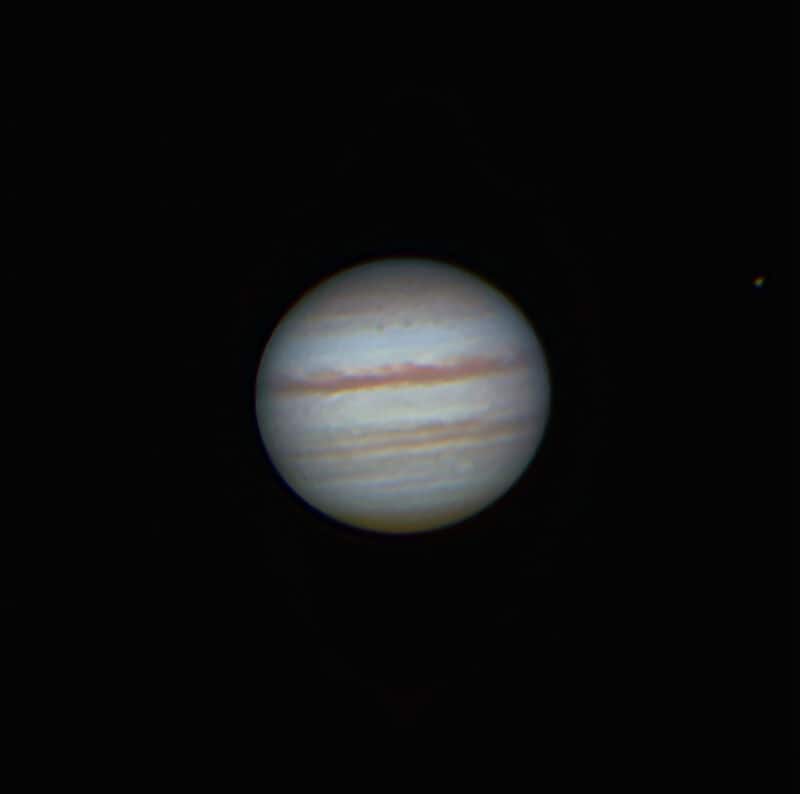
Any astrophotography learning resources that you can recommend?
When I was first getting started into astrophotography YouTube was the best resource to learning about everything.
There are so many great tutorials from guys like Trevor @Astrobackyard and Luke @Lukomatico.
But as far a smartphone astro goes, I couldn’t find anybody that was doing deep sky so I created my own channel.
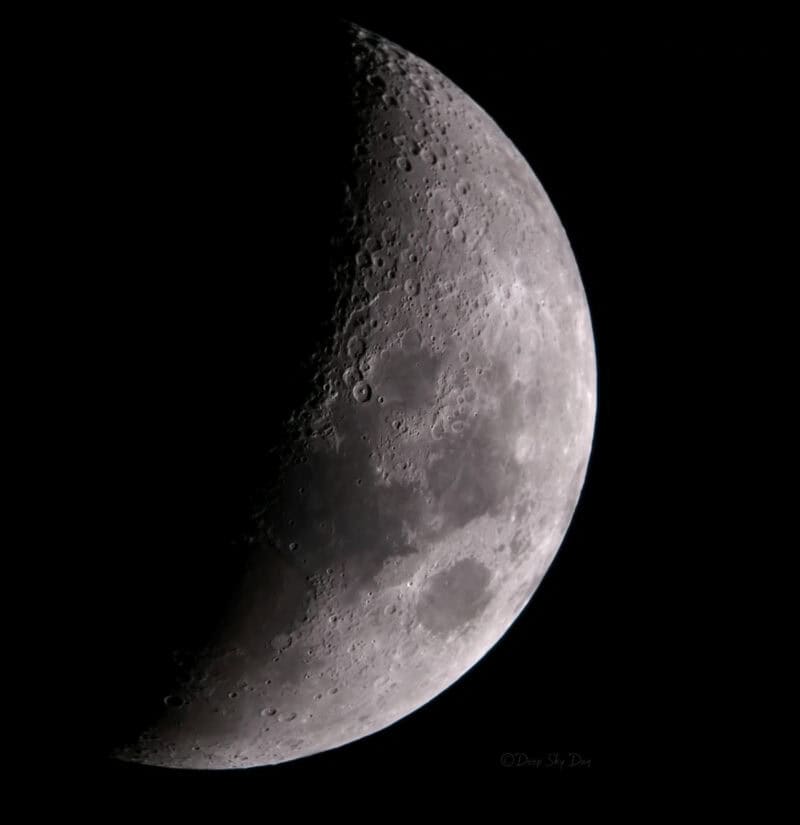
What are your proudest achievements in astrophotography?
Some of my proudest achievements are breaking the ceiling of what’s possible with a smartphone camera and telescope. Most don’t think deep sky is even possible.
Plus I’ve really focused hard on every aspect of smartphone astrophotography. I had to fail a lot in order to learn then take those fails and make them wins.
That’s how I’ve gotten great finished photos that I’m proud of.
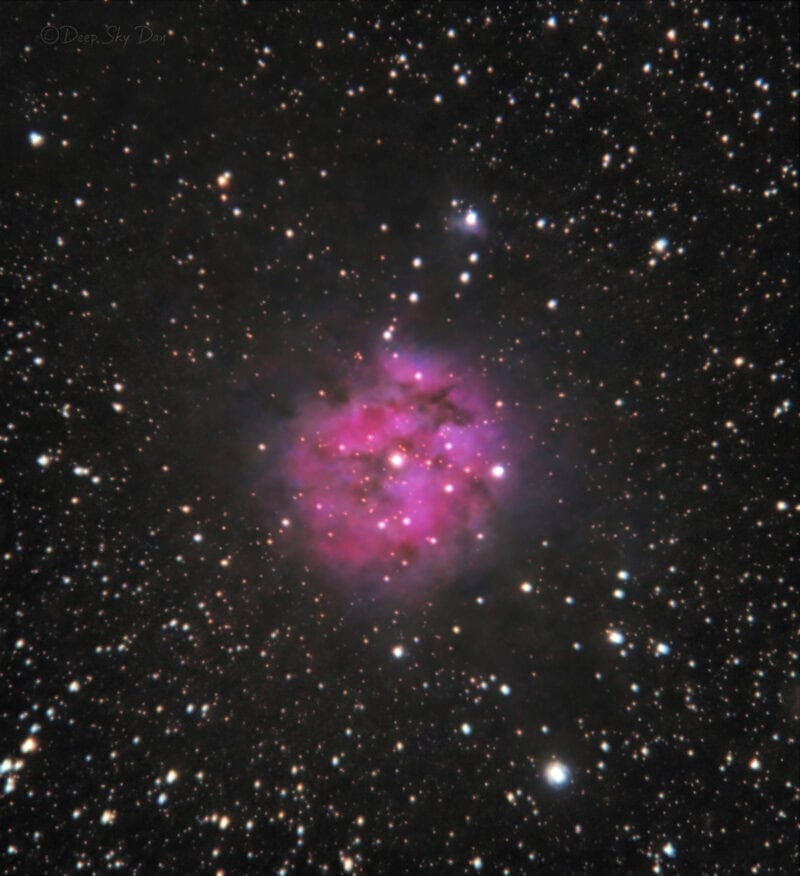
Where can people follow you?
I can be found on these platforms:
And if anybody would like to support my channel and journey to make more related videos, they can do that here on my Patreon.


